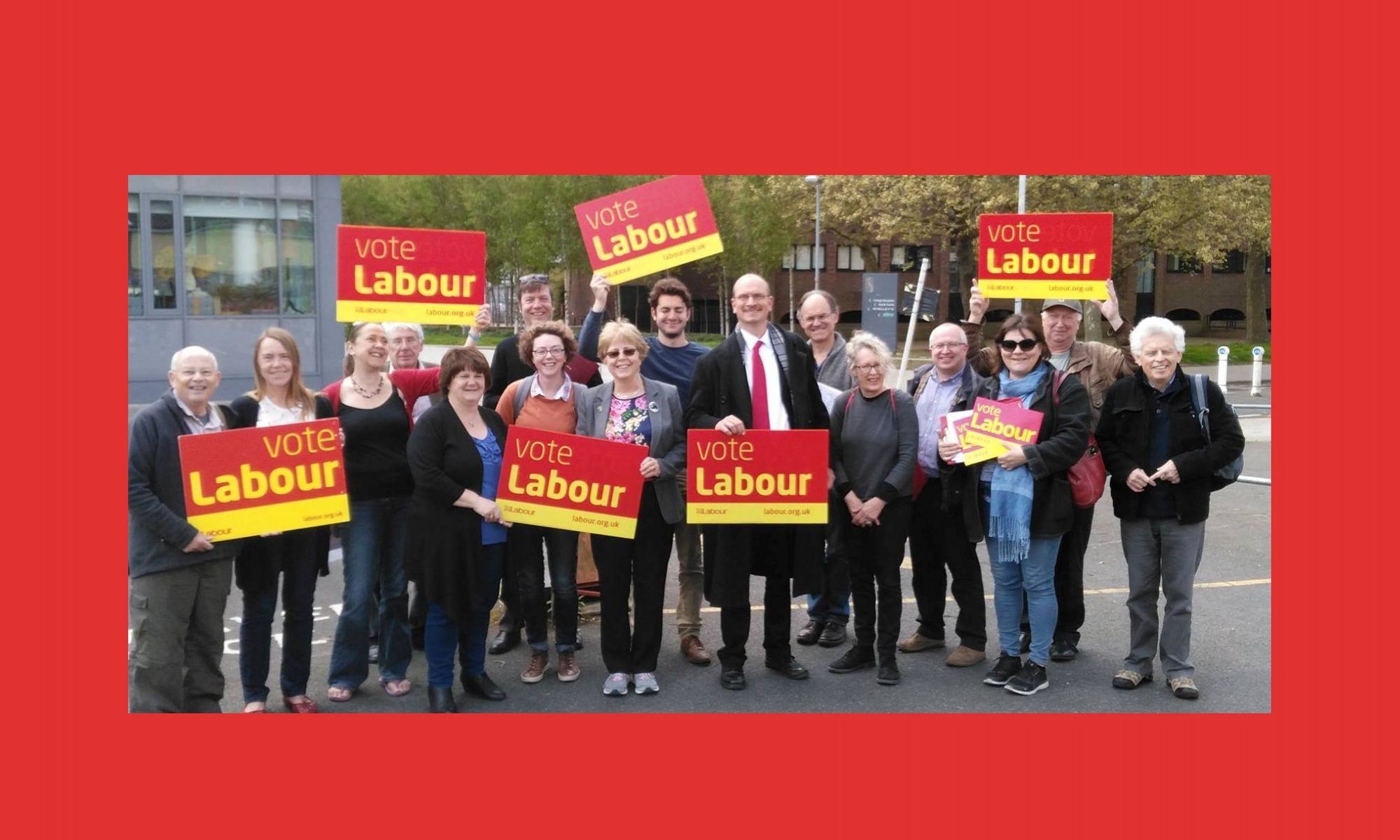Ipswich borough consists of 16 wards, of which 13 comprise the parliamentary constituency of Ipswich and three are part of the Central Suffolk and North Ipswich constituency (CSNI). CSNI consists of a huge swathe of some of the most rural and prosperous parts of Suffolk, plus 2 council estates and some other dense housing in north-west Ipswich. Every time a resident of Ipswich contacts my office, my staff have to ask for their address to determine whether they are one of my constituents or a constituent of the Member for Central Suffolk and North Ipswich (Dr Dan Poulter).
Many residents of north-west Ipswich assume that they are represented by the MP for Ipswich. If the boundary commission changes go through before the next election, it is likely that Castle Hill Ward will be taken from Dr Poulter’s constituency and added to mine. This means that residents of Castle Hill will not be able to vote on whether Dr Poulter has done a good job for them, because they will be transferred into my constituency. At the same time, I am not able to show the residents of that ward whether I am an effective MP until after the general election at which they can vote for me, or not. So moving constituency boundaries around removes the ability of voters to decide whether to vote for an incumbent MP or not.
However, under our current “first past the post” (FPTP) system, it is inevitable that constituency boundaries have to be regularly redrawn. In order to make the elections to Parliament remotely fair, under FPTP it is necessary to make the constituencies roughly equal in size of electorate. If they were not regularly redrawn, parties which represented areas of rapid growth would be seriously under-represented in Parliament, and parties which represented areas where the population had shrunk would be seriously over-represented.
When Parliament first started, members were elected to represent boroughs or other geographical areas that made sense to the people who lived there. That was fine so long as the representative role was the major role, and the Parliament was advisory to the King. But in a Democratic Legislature it clearly made no sense to have some MPs representing big towns and some representing small ones, as the small town and rural party – i.e. the Conservative Party – had a massive in-built majority. Many constituencies in the early 19th Century had virtually no electors in them at all. And big towns like Birmingham had virtually no MPs. That was why the Great Reform Bills of the 19th Century were necessary, and why constituencies have been redrawn ever since. But in the process, the geographic and administrative link to the representative role of MPs has been seriously undermined.
I am lucky in that I have only one borough council with which I have to deal, and that borough council has only two MPs with which it has to deal. Just down the road in Essex, there are constituencies with boundaries that bear virtually no relationship to any recognisable geographical entities. Colchester, for instance, has suburbs such as Wivenhoe in the Harwich constituency and Stanway in the Witham constituency. Across the country MPs have to deal with one council for one part of their constituency and another council for another part. That has a seriously damaging effect on the level of democratic engagement.
